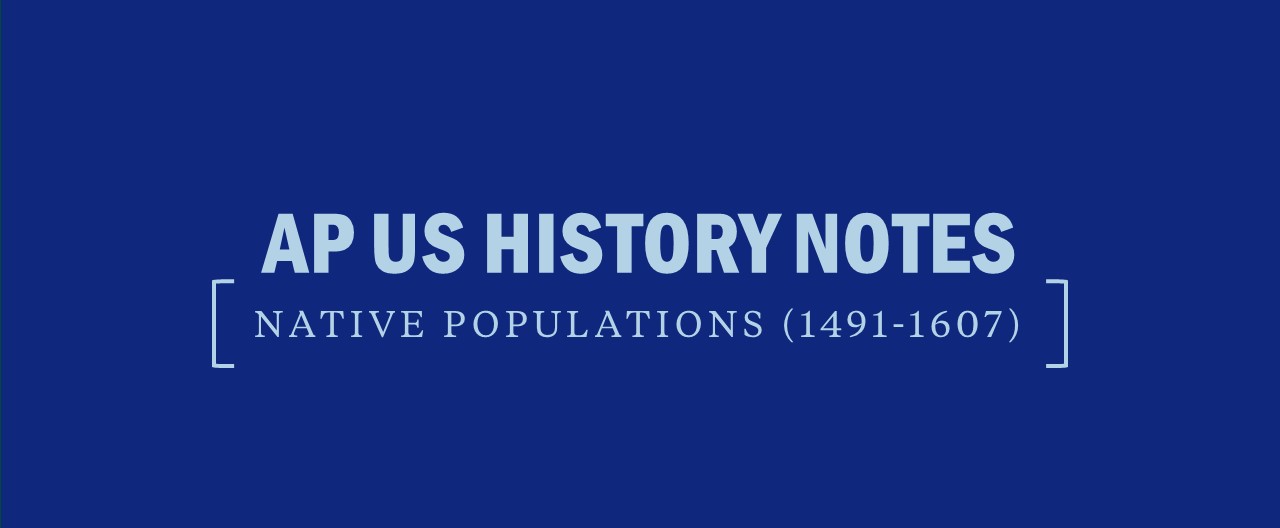AP U.S. History Document Based Question Example
The DBQ requires you to analyze the documents in addition to bringing outside information to bear on the question. This is a difficult task, and you have only 15 minutes to plan before you begin writing. Don’t panic! Use the same strategies given for the LEQ for document analysis. The more you practice using these strategies, the better you will become at quickly finding significance in the documents.
Use the prompt and documents below to practice writing a DBQ. Either create an outline of key points or time yourself for 55 minutes (15 to prep and 40 to write) to get test day practice. Check your answers against the sample response at the end to see how yours compares!
DBQ Sample Question
Step 1: Analyze the Prompt
First, read the prompt itself: you’ll need to develop an argument about the extent of change in political parties from 1791 to 1833. The prompt uses the verb evaluate, so you will need to make a determination about the changes in political parties.
Spend the 15-minute reading period analyzing the documents themselves, thinking for each document about its authorship/historical situation, main idea, and why it was written.
Begin grouping the documents into categories that you can use to help organize your essay. The following is a sample high-scoring writer’s notes on the documents:
1. Hamilton – Fed.: federal implied powers equal with explicit powers in Constitution, bank constitutional
2. Jefferson – Demo-Rep.: federal government only has powers delegated by Constitution, bank unconstitutional
3. Jefferson inaugural address: all parties follow same principles
4. Map of territories, feat. Louisiana Purchase – large territory bought by Jefferson
5. Hartford Convention – Fed.: want Congress to have high consensus to take action
6. Jackson – Demo.: veto bank b/c unconstitutional
7. Nat.-Rep. (Whig) cartoon: Jackson like king trampling Constitution w/ vetoes
Groups:
- Fed. & Demo.-Rep. initial views: 1 & 2
- Feds. changing view: 5
- Demo.-Rep. changing view: 3, 4
- new parties & new issues: 6, 7
Step 2: Plan Your Response
Next, take time to plan your response. Focus on formulating a strong thesis, and check your plan against the DBQ requirements. See the sample plan that a high-scoring writer might make. Scoring requirements are written in bold for reference; note that the writer includes all seven documents and plans to use three documents to meet the requirement for sourcing.
- ¶ intro
- Thesis: parties changed ideals & new parties formed w/ new focuses; all devoted to Constitution (complex understanding: change and continuity)
- Body ¶1: views of first parties
- Hamilton (Doc. 1): Fed. pro-bank, loose construction, strong central government
- Jefferson (Doc. 2): Demo.-Rep. anti-bank, strict construction, powerful states
- Body ¶2: Demo.-Reps. changing ideals
- Jefferson (Doc. 3): reconcile w/ Feds. (sourcing 1)
- LA Purchase (Doc. 4): shift from strict construction
- Add’l Evidence: Jefferson Embargo Act: shift to strong fed.
- Body ¶3: Feds. changing ideals
- Context: war with Britain, impact on Feds.
- Hartford Convention (Doc. 5): shift from strong fed.
- Body ¶4: new parties, new issues
- Add’l Evidence: Era of Good Feelings
- Democrats & Whigs issues: bank, power of president, internal improvements
- Jackson cartoon (Doc. 7) (sourcing 2)
- Body ¶5: continuity: devotion to Constitution
- (Doc. 3) “same principle”
- (Docs. 1 & 2) interpretations of Const.
- (Doc. 6) Jackson claim bank unconst. (sourcing 3)
- ¶conclusion: parties shifted in ideologies, new parties based on events, still devoted to Const.
Step 3: Action! Write Your Response
Use your plan to write out your response—if you’ve taken the time to plan effectively, everything you write should support your thesis.
Step 4: Proofread
Leave a minute at the end to complete a brisk proofread and double-check that you met each of the DBQ requirements.
American political parties experienced major changes through 1833, changing their interpretations of their ideals as they faced the realities of governance and even forming new political parties as concerns evolved over time. Still, all the parties remained rooted in their devotion to the principles of the Constitution.
The first two parties emerged from disagreements about forming a Bank of the United States. Secretary of the Treasury Alexander Hamilton developed a loose construction view of the Constitution, using the implied powers of the federal government in the Constitution to justify his support for a bank (Document 1). Secretary of State Thomas Jefferson argued for a strict construction view, opposing the Bank since it was not explicitly permitted by the Constitution and, he claimed, therefore unconstitutional (Document 2). These philosophies became the foundation of the first two political parties. Hamilton led the Federalists, who championed a strong federal government. Jefferson and James Madison led the Democratic-Republicans, who believed power rested with the states.
However, over time it became clear that the unwavering views of the two political parties needed to moderate if the country were to grow. Jefferson made the first step toward moderation of his political philosophy and reconciliation with the Federalists in his First Inaugural Address (Document 3), stating “We are all Republicans, we are all Federalists.” As the newly elected president, perhaps Jefferson felt required to placate his political opponents and didn’t fully believe this sentiment, but his time in office would prove that more moderate views were politically expedient. Jefferson and his party had to further adjust their ideals when the opportunity to purchase the Louisiana Territory from France arose in 1803 (Document 4). There was no provision in the Constitution for a president to buy more territory. However, Jefferson moderated his own strict construction views and made the purchase. Later, when American shipping was disrupted during the Napoleonic Wars, Jefferson again showed a shift from his original pro-state view and took the strong federal action of supporting the Embargo Act.
The Federalists also modified their views after war broke out with Great Britain. The Federalists, many of whom were merchants negatively impacted by the war’s impact on trade, protested America’s involvement. Federalists formulated a set of demands in Hartford, Connecticut (Document 5). By proposing that some government actions require a full two-thirds approval of the states, they were essentially challenging the authority of the federal government and seeking a way for their minority party to gain a greater say in decisions. Thus, the party that had favored a strong central government had now adopted an opposite view based on their circumstances. Both the initial parties changed their ideals when faced with events while governing.
As time went on, new parties emerged that were centered around the new concerns of their times. During the one-party Era of Good Feelings, the Federalist Party essentially ceased to exist, showing that political parties can disappear if their particular focuses are no longer relevant. The Democratic-Republican Party eventually split into two new parties: the Democrats and the Whigs. Although the National Bank was still a divisive issue, these new parties now focused on the issues of the power of the presidency and the role of the national government in modernization. The political cartoon in Document 7, created by a member of the Whigs, demonstrates the Whig view of opposing a strong executive by depicting the Democrat Jackson as a king who literally is trampling the Constitution under his feet. The intent of the cartoon is to mock Jackson as acting more like a king than a president by his excessive use of the veto. That a major facet of the Whig party was its opposing a particular president demonstrates the tendency of early political parties to form and dissolve as issues changed over time.
Despite the changes, all the early parties remained devoted to the principles of the Constitution. As Jefferson indicates in his address (Document 3), the parties have “different names” but are “brethren of the same principle”—the republican form of their government. Likewise, the debates between Federalists and Democratic- Republicans often hinged on how to interpret the Constitution, as shown in both Hamilton’s and Jefferson’s explanations of the Constitution in Documents 1 and 2. Later, Jackson also based his decision in Document 6 with “solemn regard to the principles of the Constitution.” While it is possible that Jackson was merely appealing to the Constitution as an excuse to veto the bank, which he was known to dislike, his words at least show the importance of appearing to honor constitutional principles across party lines.
American political parties developed soon after the Constitution took effect and went through shifts in ideologies and concerns over time. Sometimes changing their views based on what was politically expedient, early parties came in and out of existence based on their particular focuses and current events. Still, their devotion to constitutional principles showed their faith in the new form of government and ensured that the new government would endure and adapt, even when facing political disagreement.













